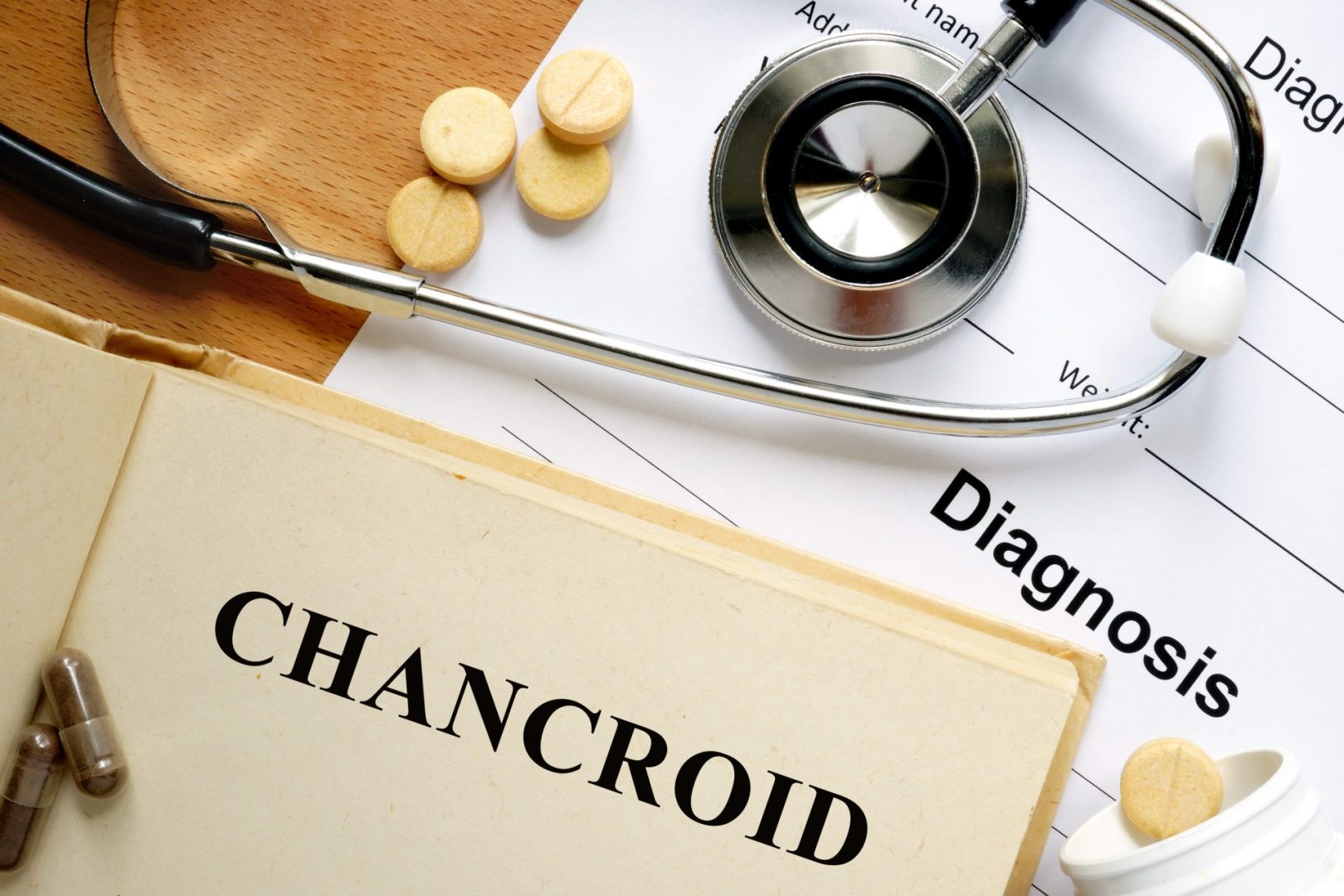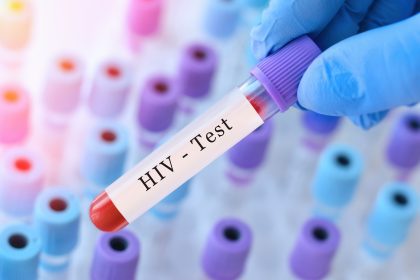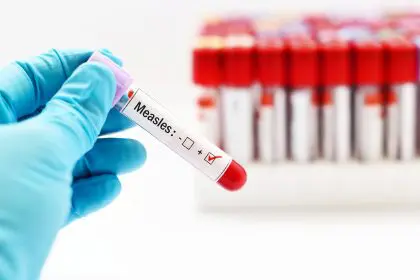Chancroid remains one of the least recognized sexually transmitted infections despite its serious implications for sexual health. This bacterial infection creates painful genital ulcers that can be easily confused with other conditions, leading to frequent misdiagnosis and delayed treatment. While less common in developed nations than other STIs, chancroid continues to affect thousands globally, particularly in regions with limited healthcare access.
The infection deserves greater public awareness for several critical reasons. Unlike some STIs that may remain asymptomatic for extended periods, chancroid typically produces noticeable and uncomfortable symptoms within days of exposure. This relatively rapid onset provides an opportunity for early identification and treatment when proper education exists about the condition’s distinctive characteristics.
Perhaps most concerning is chancroid‘s established role as a cofactor in HIV transmission. The open sores created by the infection provide an efficient entry point for HIV, increasing transmission risk by an estimated three to five times during sexual contact. This relationship makes chancroid control particularly important in regions with high HIV prevalence, where the interaction between these infections creates compounding public health challenges.
Despite effective treatment options, chancroid often goes undiagnosed due to limited testing availability and awareness among both patients and healthcare providers. The condition’s relative rarity in many regions means diagnostic testing isn’t routinely performed unless specifically requested, creating a cycle where decreased testing leads to decreased detection and awareness.
Understanding chancroid’s causes, symptoms, and treatment options provides essential knowledge for protecting sexual health and recognizing potential infection. While less common than some other STIs, its painful symptoms and potential complications make awareness particularly important for those at risk.
Understanding the bacterial culprit
Chancroid is caused by Haemophilus ducreyi, a fastidious gram-negative bacterium with specific growth requirements that make it challenging to culture in laboratory settings. This bacterium has developed specialized mechanisms for adhering to skin cells and evading immune responses, allowing it to establish infection despite the body’s natural defenses.
Transmission occurs primarily through sexual contact with an infected individual. The bacteria require microscopic breaks in skin or mucous membranes to establish infection, which explains why the genitals, with their delicate tissues and potential for minor abrasions during sexual activity, represent the primary infection site. Unlike some STIs that can spread through non-sexual close contact, chancroid almost exclusively transmits through intimate sexual exposure.
The bacterium produces several toxins and enzymes that damage surrounding tissues, leading to the characteristic ulcerations. These bacterial products break down cell membranes and connective tissue while triggering inflammatory responses that contribute to pain and swelling. This tissue destruction creates the distinctive soft, painful ulcers that differentiate chancroid from some other genital lesions.
Incubation periods typically range from 3-7 days after exposure, though this can occasionally extend to 10 days. This relatively short incubation period compared to some other STIs means symptoms often develop while the infection source might still be identifiable, potentially aiding in partner notification and treatment.
The bacterial strain demonstrates some geographic variation, with slightly different subtypes predominating in different regions worldwide. These variations might contribute to regional differences in symptom presentation and disease severity, though all strains respond to the same antibiotic treatments when properly diagnosed.
Certain factors increase the risk of bacterial transmission, including uncircumcised status in men and the presence of other genital infections that might compromise skin integrity. Additionally, the bacterium survives longer in warm, moist environments, which may partially explain higher prevalence rates in tropical regions and during warmer seasons in temperate climates.
Recognizing the distinctive symptoms
Chancroid produces a characteristic progression of symptoms that help distinguish it from other STIs causing genital lesions. Initial symptoms typically begin with a small, tender papule (raised spot) at the infection site, most commonly on the genitals. Within 24-48 hours, this papule evolves into a pustule that rapidly breaks down to form an ulcer with distinctive features.
The hallmark chancroid ulcer has several identifying characteristics. Unlike the firm-based ulcers seen in syphilis, chancroid produces soft, painful ulcers with irregular, undermined edges. These ulcers typically have a base covered with a gray or yellow-gray necrotic material and bleed easily when touched. Multiple ulcers often develop either from simultaneous multiple infection sites or through auto-inoculation when bacteria spread from the initial lesion to nearby skin.
In men, lesions most commonly develop on the prepuce (foreskin), coronal sulcus (the groove behind the glans penis), or shaft of the penis. Uncircumcised men tend to develop more numerous and extensive lesions due to the warm, moist environment beneath the foreskin that favors bacterial growth. The urethra is rarely involved, which helps distinguish chancroid from some other urethritis-causing STIs.
Women typically develop ulcers on the labia, vaginal entrance, or clitoris. Occasionally lesions may affect the inner thighs or perianal region. Women may experience less obvious symptoms than men as lesions can develop on internal genital surfaces, potentially delaying diagnosis. Some women remain asymptomatic despite active infection, creating silent reservoirs for continued transmission.
Perhaps the most distinctive associated symptom is the development of painful inguinal lymphadenopathy (swollen lymph nodes in the groin) in approximately 50% of patients. These swollen nodes, called buboes, can become extremely tender and may spontaneously rupture if left untreated, releasing thick, purulent material. This bubo formation represents a characteristic feature that helps differentiate chancroid from herpes, which typically causes less pronounced lymph node enlargement.
Pain levels associated with chancroid ulcers typically exceed those seen with syphilis (which produces painless ulcers) but may be comparable to genital herpes lesions. The pain often causes significant discomfort during walking, urination, or sexual activity, prompting medical attention. However, pain perception varies between individuals, and some may experience milder discomfort that delays care-seeking.
The combination of painful genital ulcers with ragged edges, purulent base, and tender inguinal lymphadenopathy strongly suggests chancroid, though definitive diagnosis requires laboratory confirmation. These distinctive clinical features provide important clues for healthcare providers considering differential diagnoses for genital ulcer disease.
The diagnostic challenge
Accurate diagnosis of chancroid presents significant challenges that contribute to its underreporting and mismanagement. The gold standard for diagnosis involves isolating H. ducreyi from ulcer specimens, but this bacterial culture requires specialized media and growth conditions rarely available outside research settings. Even under optimal laboratory conditions, culture sensitivity remains below 80%, meaning false negatives occur even in expert hands.
In practice, many healthcare facilities rely on clinical diagnosis based on the appearance of lesions and associated symptoms. Clinicians typically follow the classic diagnostic criteria: presence of one or more painful genital ulcers; no evidence of syphilis by dark-field examination or serologic testing; typical clinical presentation not consistent with genital herpes; and negative testing for herpes simplex virus. This process of exclusion helps identify probable cases when laboratory confirmation isn’t available.
Modern molecular techniques, particularly polymerase chain reaction (PCR) testing, offer improved sensitivity over traditional culture methods. PCR can detect bacterial DNA in ulcer specimens with greater accuracy and doesn’t require viable bacteria. However, commercial PCR tests for H. ducreyi remain limited in availability, and many clinical settings still lack access to this diagnostic approach.
The challenge of differential diagnosis further complicates identification. Several other conditions cause genital ulcers with overlapping features, including primary syphilis, which typically produces painless, firm-based ulcers; genital herpes, which causes multiple painful vesicles that ulcerate; lymphogranuloma venereum, another bacterial STI with different progression; granuloma inguinale (donovanosis), which causes beefy red lesions that gradually enlarge; and non-infectious conditions like Behçet’s disease or fixed drug eruptions.
Many patients present with mixed infections, further complicating the clinical picture. Studies from regions where chancroid remains prevalent have found that up to 10% of genital ulcer cases involve multiple concurrent pathogens. This coinfection pattern necessitates comprehensive testing for multiple STIs rather than stopping after identifying a single causative agent.
In resource-limited settings where laboratory testing isn’t readily available, the World Health Organization recommends syndromic management of genital ulcer disease. This approach involves treating empirically for the most likely causes based on local prevalence patterns. While ensuring patients receive treatment for common causes, this approach may lead to overtreatment or missed diagnoses for less common conditions.
The combination of diagnostic challenges has likely resulted in significant underreporting of chancroid globally. Many cases receive alternative diagnoses or general classifications like “genital ulcer disease of unknown etiology” rather than specific identification. Improving diagnostic capacity, particularly through wider availability of molecular testing, remains essential for better understanding true prevalence and improving management.
Treatment approaches and healing expectations
Effective treatment for chancroid requires appropriate antibiotic therapy targeted at H. ducreyi. Several antibiotic regimens demonstrate excellent efficacy when administered correctly, with cure rates exceeding 90% in immunocompetent patients. Current first-line treatments include azithromycin as a single 1-gram oral dose, offering the advantage of directly observed therapy and excellent compliance; ceftriaxone as a single 250-mg intramuscular injection, particularly valuable in regions with high antibiotic resistance; ciprofloxacin 500 mg orally twice daily for 3 days, though resistance has emerged in some regions; and erythromycin 500 mg orally three times daily for 7 days, still effective but with lower compliance due to the extended regimen.
Clinical improvement typically begins within 3-7 days of initiating appropriate treatment. Small ulcers usually heal completely within 2 weeks, while larger lesions may require up to 3-4 weeks for complete resolution. Painful symptoms generally improve more rapidly than visual healing, with significant pain reduction often occurring within the first 48-72 hours of antibiotic therapy.
Buboes (swollen lymph nodes) may require additional management beyond antibiotics. While smaller buboes typically resolve with antibiotic treatment alone, larger, fluctuant nodes may benefit from needle aspiration to relieve pain and accelerate healing. This procedure involves removing purulent material through needle drainage, usually without requiring incision. Repeated aspiration may be necessary as fluid reaccumulates during the healing process.
Treatment failure, defined as lack of improvement after 7 days of appropriate therapy, occurs in approximately 5-10% of cases. Potential causes include antibiotic resistance, which has increased for certain medications in specific regions; coinfection with other pathogens not addressed by the selected antibiotic; immunosuppression, particularly HIV infection, which may impair healing responses; poor medication adherence, especially with multi-day treatment regimens; and incorrect initial diagnosis, resulting in inappropriate treatment selection.
Patients with HIV infection may experience delayed healing and higher rates of treatment failure, often requiring longer treatment courses or alternative antibiotic combinations. Close follow-up remains particularly important for immunocompromised individuals to ensure complete resolution and prevent complications.
All sexual partners exposed within the 10 days preceding symptom onset should receive preventive antibiotic treatment, regardless of whether they show symptoms. This partner therapy approach helps break transmission chains and prevents reinfection of the index case. The same antibiotic regimens used for treatment work effectively for partner prophylaxis.
During the healing period, patients should abstain from sexual activity until ulcers have completely healed to prevent both transmission to partners and potential reinfection. Additionally, open lesions increase susceptibility to acquiring other STIs, including HIV, making abstinence during healing particularly important for preventing additional infections.

















